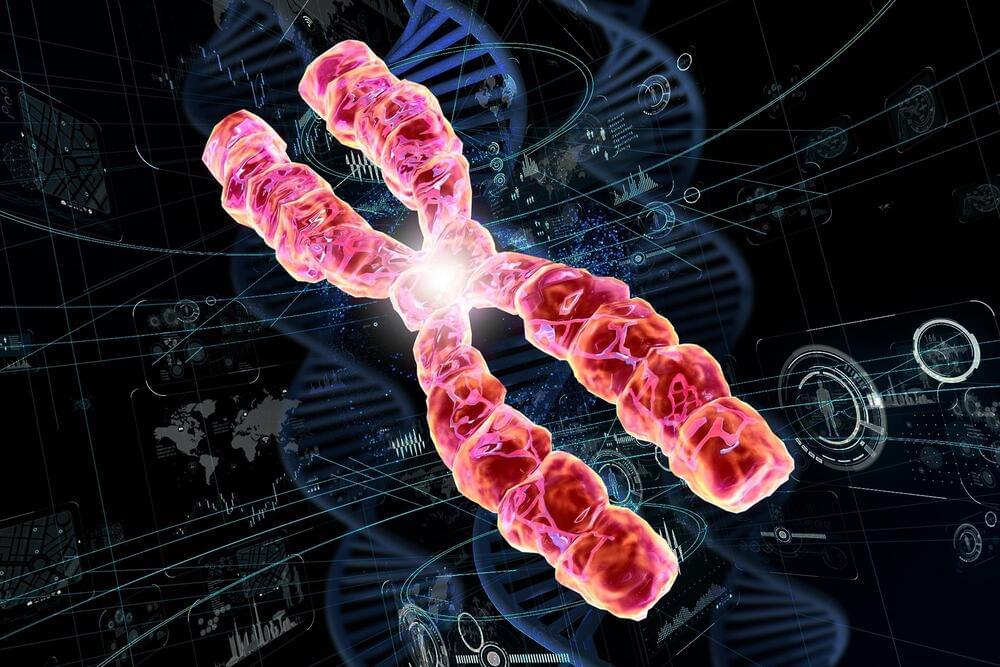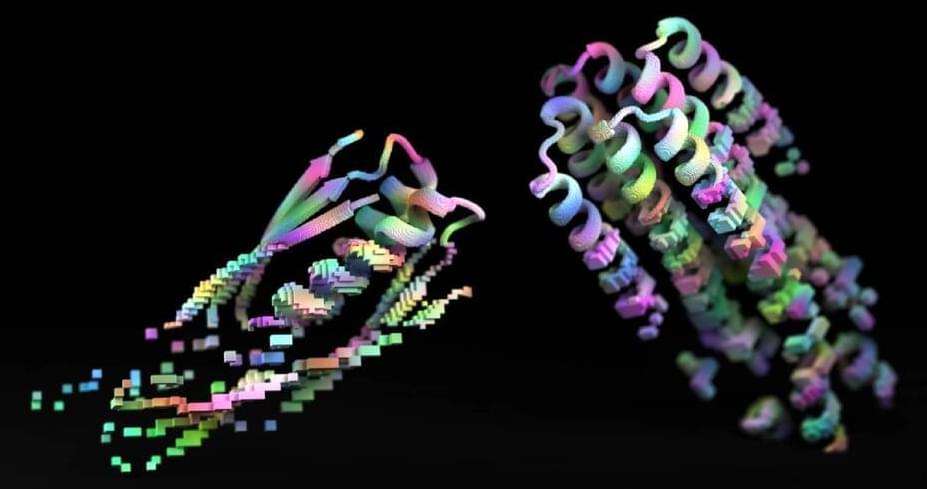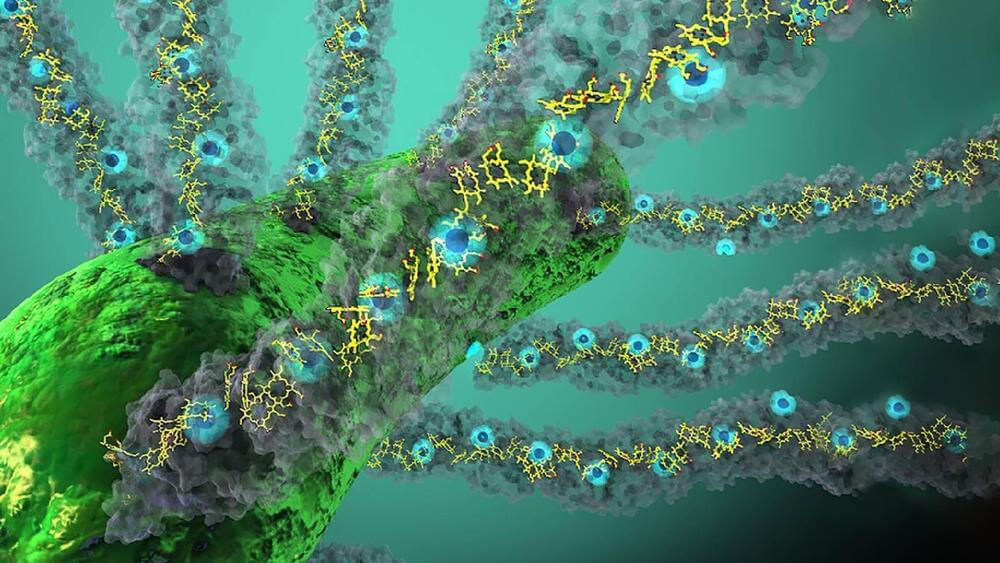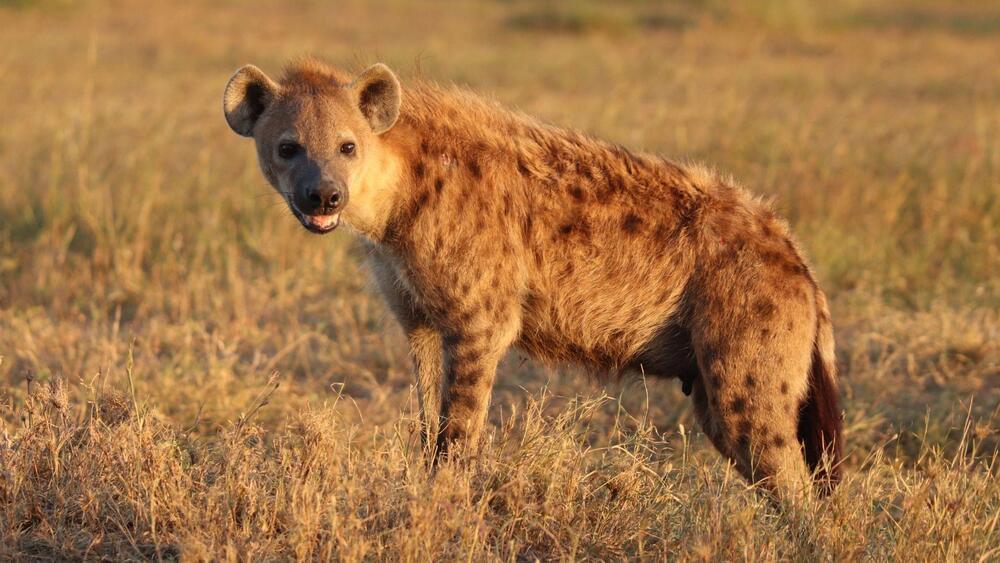Ray Kurzweil explores how and when we might create human-level artificial intelligence at the January 2017 Asilomar conference organized by the Future of Life Institute.
The Beneficial AI 2017 Conference: In our sequel to the 2015 Puerto Rico AI conference, we brought together an amazing group of AI researchers from academia and industry, and thought leaders in economics, law, ethics, and philosophy for five days dedicated to beneficial AI. We hosted a two-day workshop for our grant recipients and followed that with a 2.5-day conference, in which people from various AI-related fields hashed out opportunities and challenges related to the future of AI and steps we can take to ensure that the technology is beneficial.
For more information on the BAI ‘17 Conference:
https://futureoflife.org/bai-2017/







